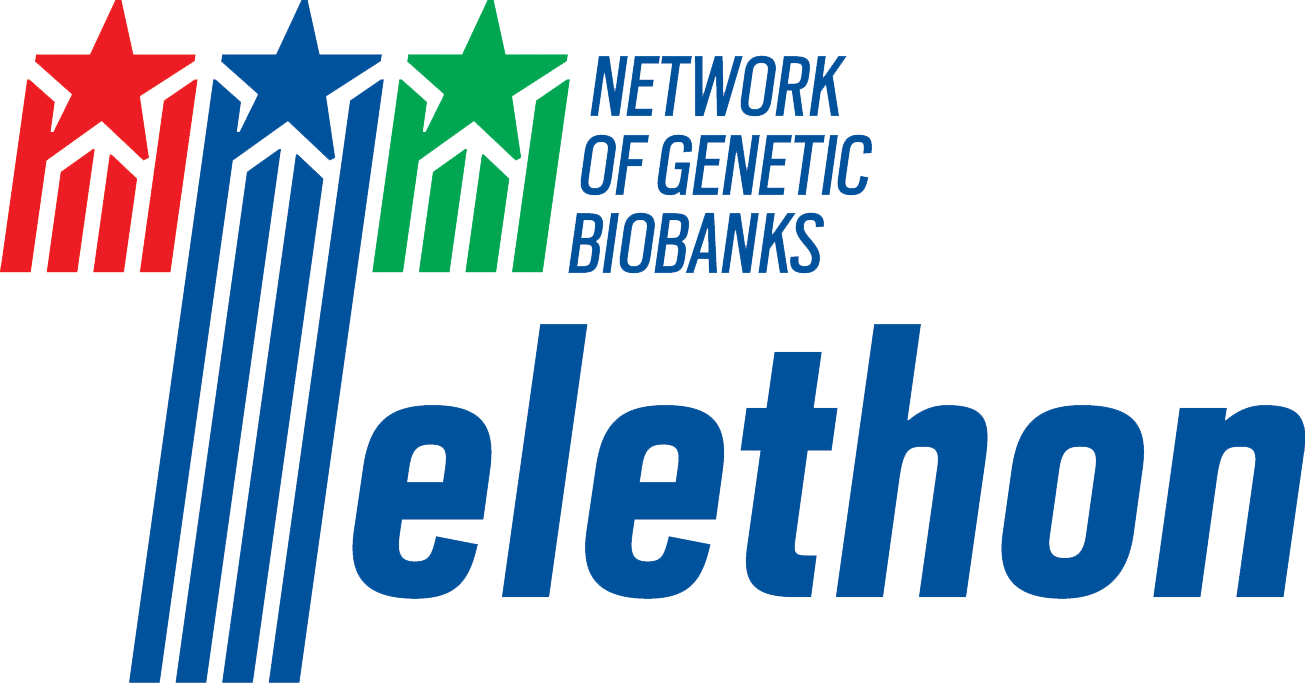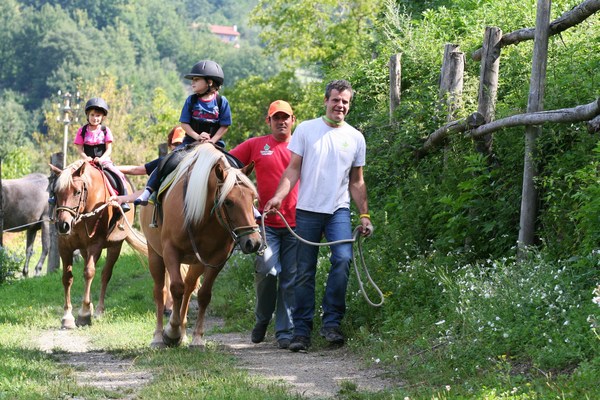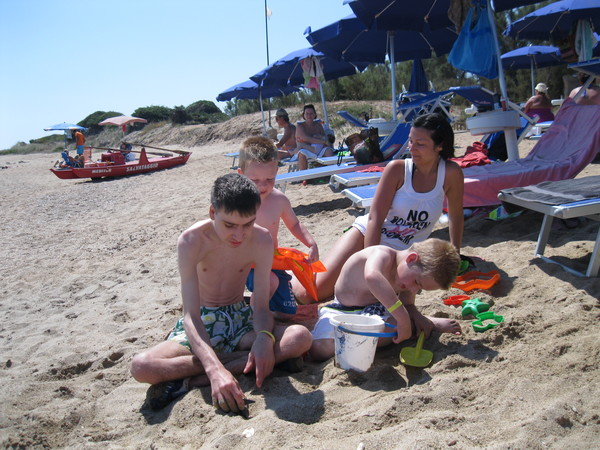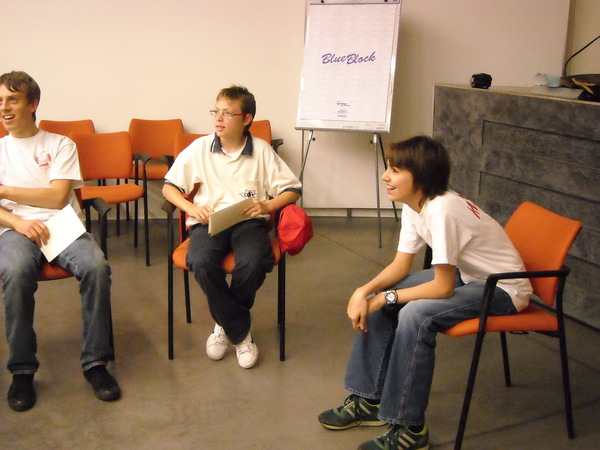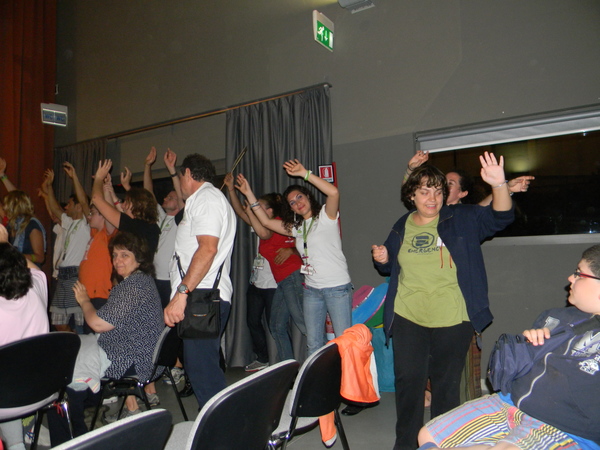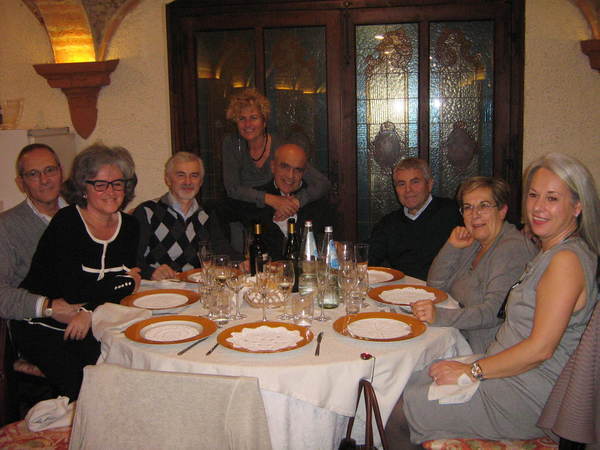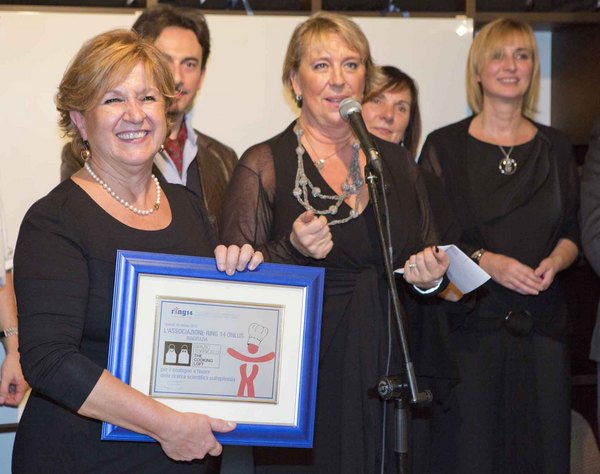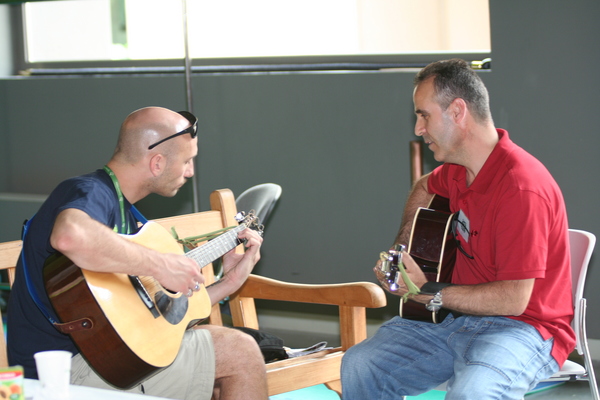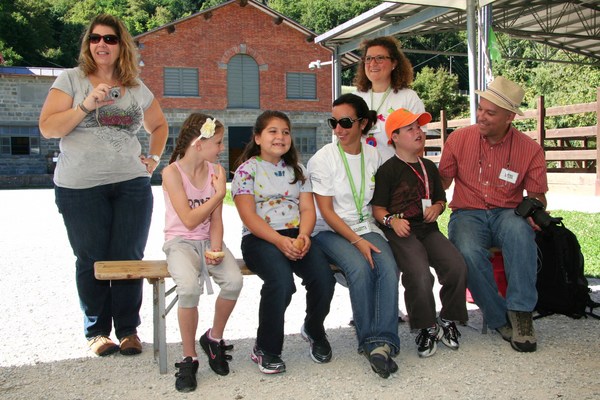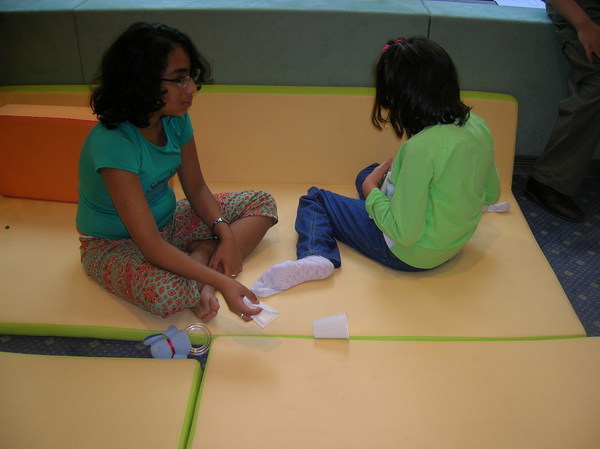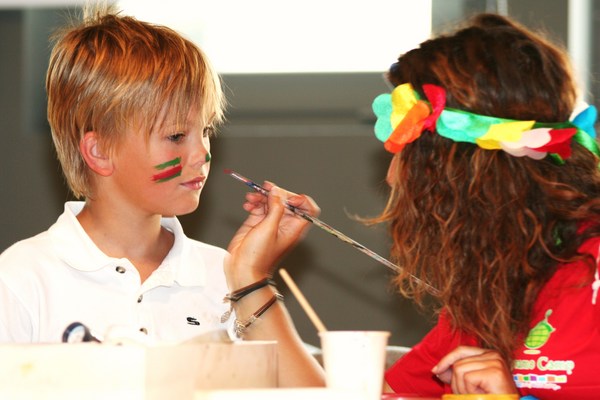THREE-DIMENSIONAL GENOMIC DISSECTION OF RING CHROMOSOME 14 SYNDROME
| Project leader | Tommaso Pippucci |
| Host institution | Genomica Computazionale, IRCCS Azienda Ospedaliero-Universitaria di Bologna-Policlinico di Sant'Orsola (Italy) |
| Duration | 2 years |
| Start-up year | 2022 |
| Budget | € 100.000 |
| Status | Ongoing |
1. Project overview
Ring chromosome 14 syndrome [r(14)S] is a rare genetic disorder mainly characterized by complex neuro-developmental disturbances. r(14)S pathophysiology is still largely undeciphered and genotype/phenotype correlations are complicated by 14q dels/dups of variable sizes and r(14) mosaicism. One of the likely determinants of disease mechanism and expressivity is the disruption of chromosome 14 conformation and positioning inside the cell caused by its circularization, with dramatic effects on physiological interactions between genetic loci and, in turn, gene regulation. A recent approach for chromosome conformation capture (Hi-C) has the potential to elucidate how chromosomal rearrangements drive disease by spatially unpairing regulatory elements from their target genes. However, to our best knowledge, there is currently no Hi-C data collected on r(14)S. We will use Hi-C to explore the impact of r(14) on three-dimensional (3D) genomic architecture inside the cells of r(14)S patients.
2. Expected outcomes
We will exploit the availability, at the Telethon Network of Genetic Biobanks, of r(14)S patients’ lymphoblastoid cell lines (LCLs) with high but variable r(14) mosaicism degree and absence/presence of 14q dels/dups.
1) We will demonstrate the feasibility, so far unattempted, of identifying a ring chromosome, specifically r(14), by Hi-C
2) We will identify a single or multiple r(14) Hi-C features, constructing a specific molecular signature of r(14)S patients’ cells
3) We will identify additional Hi-C features segregating with different clinical phenotypes and/or explaining the specific phenotypic effect of 14q dels/dups variable in size and/or extension
4) We will evaluate the impact of r(14) mosaicism degree on the capability to identify Hi-C features 5) We will map, as Hi-C features at the chromosome 14 or genome scale, regulatory elements and/or potentially deregulated genes that are key in the pathophysiology of r(14)S.
3. Medical need & Impact to patients
Evidence suggests that r(14)S and phenotypic differences among patients can be explained by the size and extent of different DNA copy loss/gain events at 14q, but at an univocal genotype-phenotype correlation has not been yet reached. Hi-C will reveal alterations in the 3D genomic architecture, related but possibly not limited to chromosome 14, that will gain insights into r(14)S and will represent a tool for an innovative diagnostic approach to the disease. Indeed Hi-C, pointing towards precise genomic loci with altered 3D organization, will: establish disease-“driver” events that have eluded so far identification by cytogenetics, linear sequencing or gene expression analysis; provide clues into genotype-phenotype correlations by revealing the key regulatory elements differently affected by variable 14q dels/dups and their functional effects. The identification of precise regulatory networks for molecular diagnosis and gene therapy is of enormous relevance for r(14)S patients.







